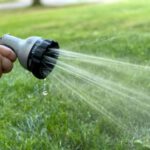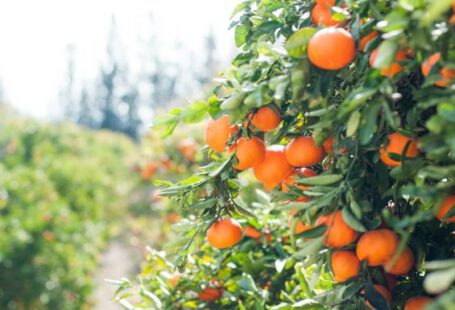Houseplants are a beautiful addition to any home, but they require proper care to thrive. One important aspect of caring for houseplants is fertilizing them. Fertilizers provide essential nutrients that help plants grow and stay healthy. However, the frequency at which you should fertilize your houseplants depends on various factors. In this article, we will discuss how often you should fertilize your houseplants to ensure their optimal growth and overall well-being.
Understanding the Nutritional Needs of Houseplants
Before we dive into the frequency of fertilizing houseplants, it is crucial to understand their nutritional needs. Like all living organisms, plants require certain nutrients to survive and grow. The three primary macronutrients that plants need are nitrogen (N), phosphorus (P), and potassium (K). These macronutrients, along with other essential micronutrients, support different aspects of plant growth, including leaf development, root growth, and flower production.
Consider the Type of Houseplant
The frequency of fertilizing your houseplants can vary depending on the type of plant you have. Some houseplants are heavy feeders and require more frequent fertilization, while others may have lower nutritional requirements. Generally, slow-growing plants such as cacti and succulents need less frequent fertilization, while fast-growing plants like ferns and tropical plants may require more frequent feeding.
Observe the Growth Pattern
Another important factor to consider when determining the frequency of fertilizing your houseplants is their growth pattern. If you notice that your plants are growing vigorously and producing new leaves or flowers, it is a good indicator that they may require more frequent fertilization. On the other hand, if your plants are showing slow or no growth, reducing the frequency of fertilization might be necessary.
The Seasonal Factor
The seasons also play a significant role in determining how often you should fertilize your houseplants. During the active growing season, which typically occurs in spring and summer, plants are actively taking up nutrients and require more frequent fertilization. On the other hand, during the dormant period in fall and winter, plants are less active, and their nutritional needs decrease. Therefore, reducing the frequency of fertilization during the dormant period is advisable.
Choosing the Right Fertilizer
When fertilizing your houseplants, it is crucial to choose the right type of fertilizer. There are various types of fertilizers available in the market, including liquid, granular, and slow-release fertilizers. Each type has its own advantages and disadvantages. Liquid fertilizers are quick-acting and provide immediate nutrients to the plants, but they require more frequent application. Granular fertilizers are easy to use and provide a slow release of nutrients over time. Slow-release fertilizers, as the name suggests, release nutrients gradually, reducing the frequency of application. Consider your specific plant’s needs and your personal preference when selecting a fertilizer type.
Monitoring and Adjusting
Lastly, it is essential to monitor your plants and adjust the fertilization frequency accordingly. Keep an eye on your houseplants’ overall health and appearance. If you notice any signs of nutrient deficiency, such as pale leaves or stunted growth, it might indicate that your plants need more frequent fertilization. On the other hand, if you notice signs of nutrient burn, such as yellowing or wilting leaves, it is an indication of over-fertilization, and reducing the frequency is necessary.
In conclusion, the frequency of fertilizing houseplants depends on various factors, including the type of plant, growth pattern, seasons, and fertilizer type. Observing your plants’ nutritional needs, understanding their growth patterns, and choosing the right fertilizer will help you determine the best frequency for fertilization. Additionally, monitoring your plants’ health and making adjustments accordingly will ensure their optimal growth and overall well-being. Remember, each houseplant is unique, so it is essential to pay attention to their individual needs and provide proper care to help them thrive.





